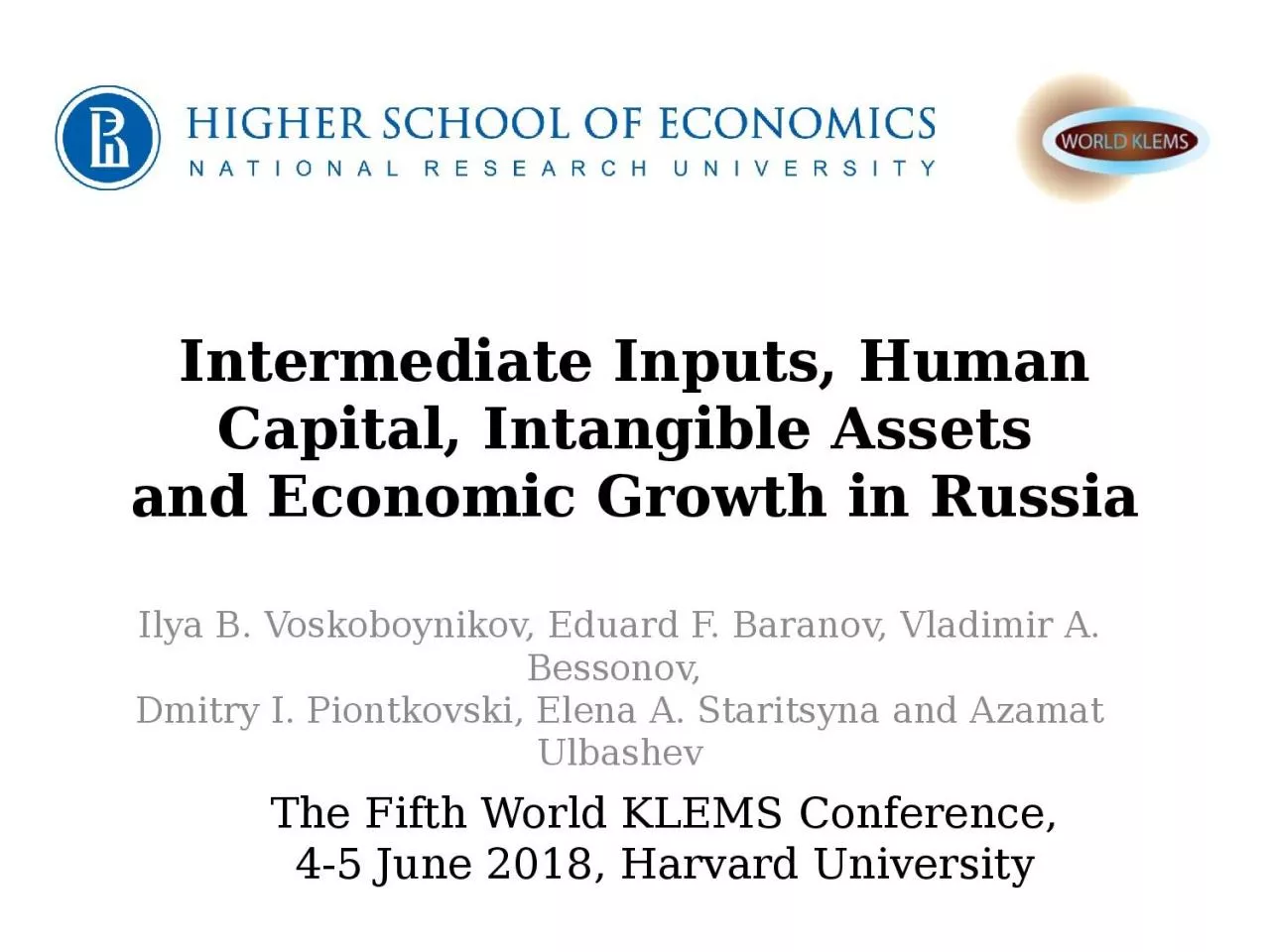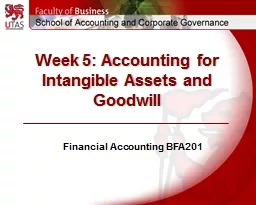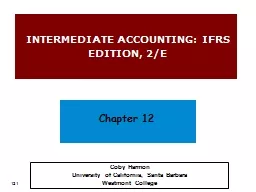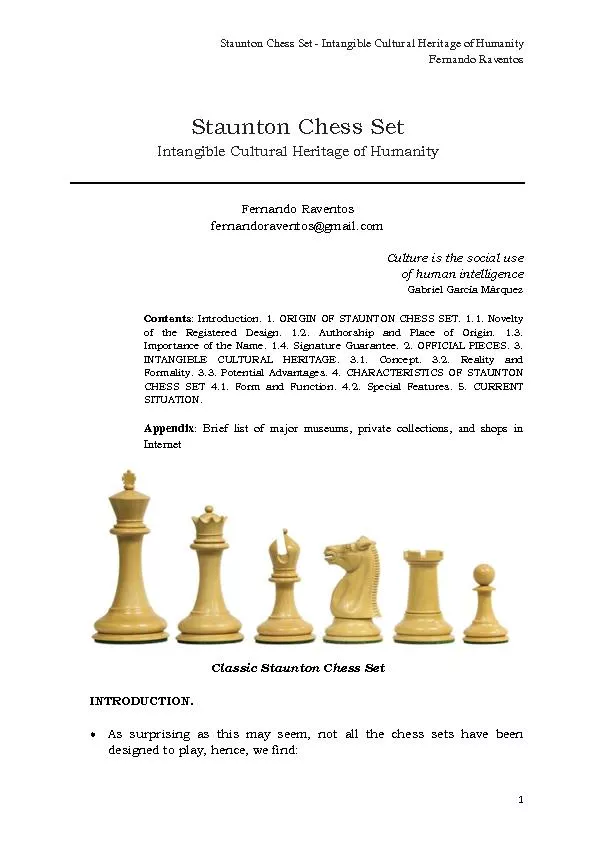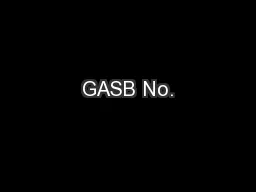PPT-Intermediate Inputs, Human Capital, Intangible Assets
Author : winnie | Published Date : 2023-11-03
and Economic Growth in Russia Ilya B Voskoboynikov Eduard F Baranov Vladimir A Bessonov Dmitry I Piontkovski Elena A Staritsyna and Azamat Ulbashev The
Presentation Embed Code
Download Presentation
Download Presentation The PPT/PDF document "Intermediate Inputs, Human Capital, Inta..." is the property of its rightful owner. Permission is granted to download and print the materials on this website for personal, non-commercial use only, and to display it on your personal computer provided you do not modify the materials and that you retain all copyright notices contained in the materials. By downloading content from our website, you accept the terms of this agreement.
Intermediate Inputs, Human Capital, Intangible Assets: Transcript
Download Rules Of Document
"Intermediate Inputs, Human Capital, Intangible Assets"The content belongs to its owner. You may download and print it for personal use, without modification, and keep all copyright notices. By downloading, you agree to these terms.
Related Documents

